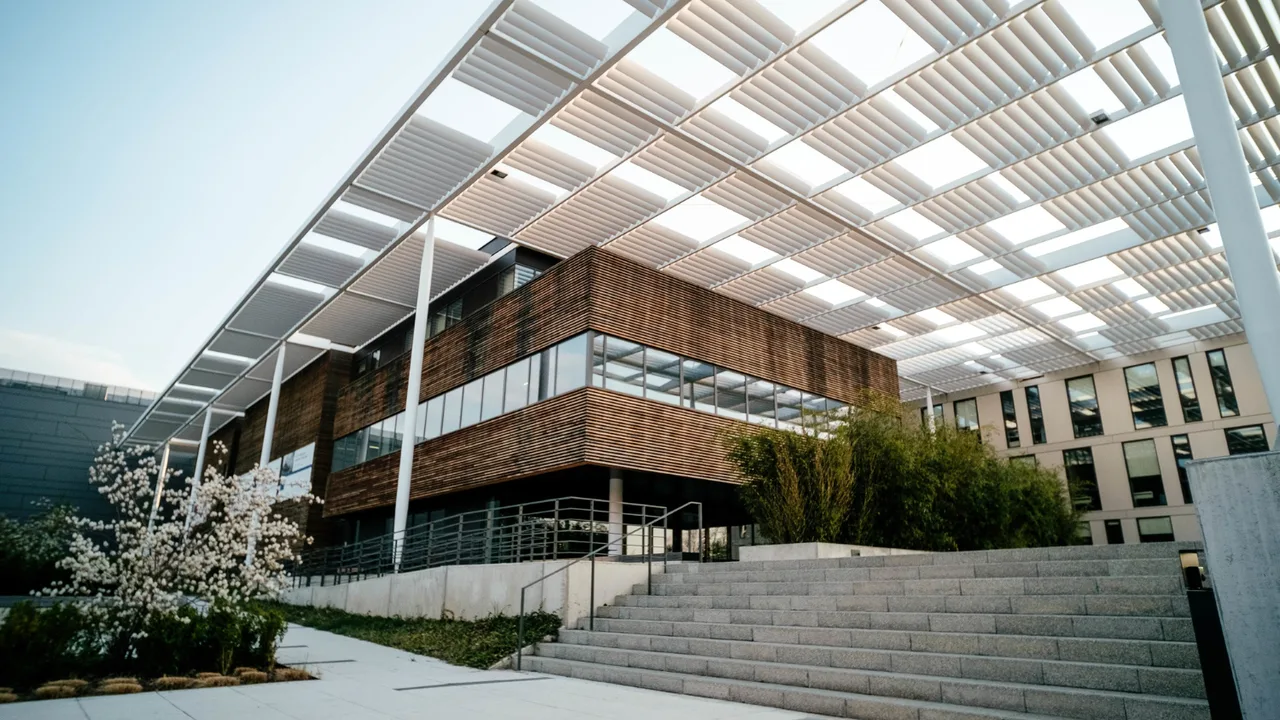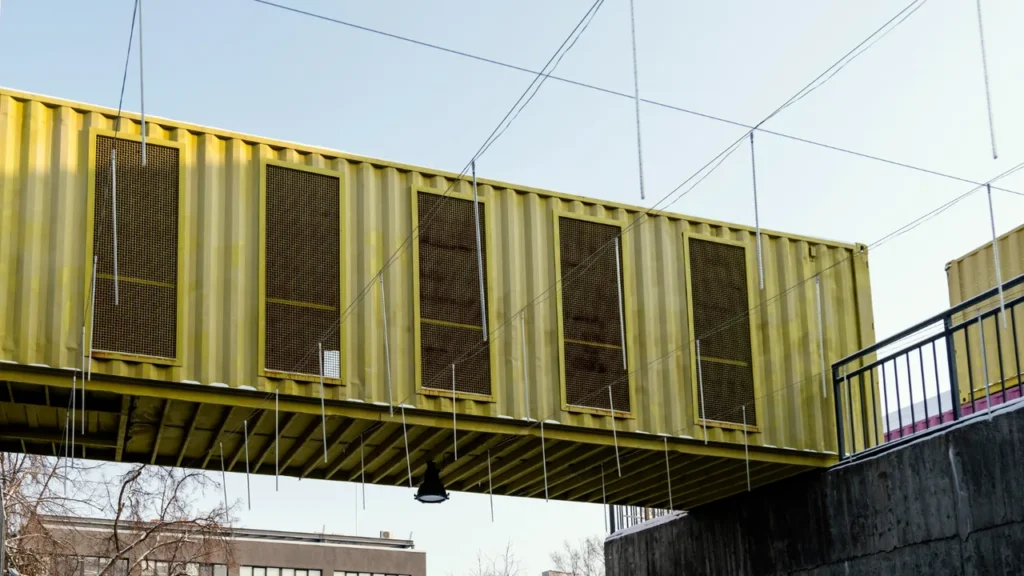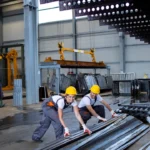In rapidly growing cities around the world, the demand for faster, smarter, and more affordable building solutions has never been greater. Traditional construction methods, while proven, often struggle to keep pace with the speed of urban development. This is where modular construction enters the picture—an innovative approach that combines off-site manufacturing, precision engineering, and sustainable design. By integrating prefabricated systems, developers can accelerate project timelines and reduce waste without compromising quality or design flexibility.
What Is Modular Construction?
Modular construction refers to a process where a building is constructed in sections or modules within a controlled factory environment. These modules are then transported to the project site and assembled into a complete structure. Unlike traditional on-site construction, modular methods rely on precision manufacturing and standardized processes that ensure consistent quality and faster delivery.
The concept is closely tied to prefabricated systems, where individual components—such as walls, floors, and roofs—are produced in advance. Once complete, these elements are shipped and assembled with minimal on-site disruption. This method not only improves efficiency but also enhances worker safety and reduces the environmental footprint of the project.
The Evolution of Prefabrication
Although modular construction is often seen as a modern innovation, its roots stretch back over a century. Early examples include military housing during wartime and mobile structures designed for temporary use. However, with advances in digital technology, automation, and materials science, modular techniques have evolved into sophisticated systems that now shape entire cities.
Countries such as Japan, Singapore, and the United Kingdom have embraced this construction method as part of their national urban strategies. Singapore’s government, for instance, encourages the use of Prefabricated Prefinished Volumetric Construction (PPVC) to ensure cleaner sites, shorter timelines, and improved labor productivity.
How Modular Construction Accelerates Urban Development
In dense urban environments, time is money. Every day that a project remains under construction translates into lost revenue and extended operational costs. Modular construction directly addresses this challenge by allowing site preparation and module fabrication to occur simultaneously. Once the site is ready, modules can be delivered and installed in a fraction of the time required for conventional builds.
Speed Advantage: Time Saved, Value Gained
One of the key advantages of modular methods is their ability to cut total project timelines by up to 50%. For example, a hotel that would typically take 18 months to complete through traditional construction can be finished in as little as 9 to 10 months using modular techniques. This acceleration allows developers to begin operations sooner, generating faster returns on investment.
| Construction Method | Average Duration | Waste Generated | Labor Requirement |
|---|---|---|---|
| Traditional | 18–24 months | High (10–15%) | Heavy workforce |
| Modular Construction | 9–12 months | Low (2–5%) | Reduced by 30–40% |
Efficiency and Waste Reduction
Beyond speed, modular construction is inherently efficient. Factory-based production allows for accurate material estimation and inventory control, minimizing waste that would otherwise end up in landfills. This contributes directly to better cost efficiency and aligns with sustainability goals across the construction sector.
According to a report by Wikipedia, modular buildings can reduce material waste by up to 90% compared to traditional construction. Additionally, because much of the work occurs indoors, projects are less affected by weather delays, ensuring predictable delivery schedules and cost stability.
Case Study: Modular in Urban Centers
In London, modular housing has become a key strategy to address housing shortages. Developers are now constructing multi-story apartment blocks using modular units fabricated in factories located outside the city. Similarly, in New York, modular high-rises like the 461 Dean Street project have demonstrated how entire skyscrapers can be built faster and safer through this method.
Design Flexibility in Modular Systems

Contrary to common misconceptions, modular design is not limited to repetitive or box-like structures. In fact, modular construction enables remarkable design versatility. Through advanced 3D modeling and engineering tools, architects can create complex geometries, open spaces, and customized layouts that rival traditional designs.
Architectural Adaptability
From residential apartments and office complexes to healthcare and educational facilities, modular architecture adapts easily to diverse building functions. Each module can be designed to fit specific needs—whether that means energy-efficient insulation, integrated smart systems, or special-purpose spaces. This adaptability makes modular methods ideal for urban projects where land, time, and flexibility are at a premium.
Integration with Prefabricated Systems
Integrating prefabricated systems into the modular approach enhances its scalability. For example, pre-engineered steel frames or concrete panels can be combined with modular units to create hybrid systems that support larger spans and more complex building types. This hybridization bridges the gap between modular efficiency and architectural freedom, giving designers broader creative control.
Urban Aesthetic and Modern Design
Today’s modular buildings are also designed to meet modern aesthetic expectations. With advancements in façade technology, interior finishes, and structural detailing, modular projects can achieve the same—or even higher—visual quality compared to traditional builds. The result is a construction approach that blends innovation, sustainability, and architectural beauty in equal measure.
The Economics of Modular Construction
Ultimately, the economic case for modular construction rests on one core advantage: cost efficiency. Because the process streamlines every stage—from procurement and labor to logistics and installation—developers can realize significant savings over the project’s lifecycle. The controlled manufacturing environment also reduces rework and ensures higher accuracy, which translates into fewer costly on-site adjustments.
Cost reduction is not only achieved through speed but also through optimization of materials. Bulk purchasing, standardized module sizes, and reduced downtime all contribute to a leaner supply chain. As urban real estate costs soar, modular’s efficiency advantage becomes an increasingly critical differentiator for developers and investors alike.
Reduced Labor and Time Costs
Labor shortages and rising wages are major challenges in the modern construction industry. With modular construction, a significant portion of the work is automated and carried out in controlled factory environments. This reduces dependency on on-site labor and allows projects to be completed even with limited skilled manpower. Since production and site preparation happen in parallel, total construction time is minimized, leading to substantial savings in overhead and management costs.
For developers and contractors, this directly translates into enhanced cost efficiency. The shorter project duration means lower financing costs, faster handovers, and quicker revenue generation for commercial or residential properties. Moreover, factory conditions minimize weather-related delays, which are among the most expensive risks in conventional construction projects.
Investment Perspective
From an investment standpoint, modular construction offers a compelling value proposition. The reduced project duration and predictable costs create financial stability and lower risk exposure. Developers gain greater control over cash flow, while investors benefit from faster returns and higher certainty of project completion.
Institutional investors and real estate funds are increasingly turning to modular projects due to their consistent quality and scalability. For urban housing programs, this approach not only accelerates supply but also supports sustainable, long-term infrastructure growth.
Sustainability and Urban Impact
Beyond speed and economics, sustainability is another driving force behind the adoption of modular construction. As cities push toward net-zero carbon goals, modular methods offer a clear path to reducing emissions and resource consumption. The use of prefabricated systems minimizes material waste, improves energy efficiency, and enables recycling of structural components at the end of a building’s life cycle.
Environmental Benefits
Traditional construction sites are notorious for generating large amounts of dust, noise, and waste. In contrast, modular factories maintain clean, safe, and controlled environments where waste is precisely managed and reused. Studies show that modular projects can achieve up to 70% lower carbon emissions during the construction phase. Moreover, since modules are built indoors, the environmental impact on surrounding communities is minimal.
Smart Cities and Modular Synergy
In the era of smart cities, modular construction plays a vital role in integrating digital systems, renewable energy, and intelligent monitoring. Prefabricated units can be pre-equipped with IoT sensors, energy-efficient HVAC systems, and smart lighting before they even reach the site. This integration ensures that new urban projects align with future-ready infrastructure and sustainability standards.
Policy Support and Global Adoption
Governments worldwide are beginning to recognize the potential of modular construction in addressing housing shortages, improving labor productivity, and promoting sustainable urban growth. For example, in the UK, the government’s “Modern Methods of Construction” initiative supports modular innovation to increase housing supply. Similarly, in China, prefabricated building policies encourage developers to adopt standardized production and green manufacturing systems.
Challenges and Future Outlook
Despite its clear advantages, modular construction still faces several challenges that limit widespread adoption. One major issue is the initial capital cost. Setting up factories and precision manufacturing systems requires substantial upfront investment, which may deter small and mid-sized contractors. Additionally, transportation logistics—especially for large modules—can be complex in dense urban environments.
Regulatory frameworks also need to evolve to support this new model. Building codes, inspection procedures, and quality certifications must adapt to modular standards. Once these barriers are overcome, however, the potential growth of the industry is enormous.
Technological Innovation and Digitalization
The next frontier of modular construction lies in digital transformation. Technologies like Building Information Modeling (BIM), artificial intelligence, and robotics are revolutionizing how modules are designed, fabricated, and assembled. BIM enables seamless coordination between architects, engineers, and manufacturers, reducing errors and ensuring compatibility across all building components.
Automation and robotics, on the other hand, boost production speed and accuracy in factories. Combined with advanced materials such as lightweight steel and composite panels, these innovations push modular design toward even greater cost efficiency and sustainability.
The Future of Urban Construction
Looking ahead, modular techniques are set to redefine the way cities grow and evolve. As urban populations surge, the need for adaptable and rapid infrastructure solutions will continue to rise. Modular construction offers exactly that: an efficient, scalable, and environmentally responsible method that aligns perfectly with the demands of the 21st century.
Future projects will likely merge modular and digital ecosystems, creating smart, flexible urban spaces. The combination of prefabricated precision and digital control will lead to faster project completion, lower costs, and enhanced living standards for city dwellers worldwide.
Conclusion
In essence, modular construction represents a paradigm shift in the building industry. It merges the precision of manufacturing with the creativity of architecture, offering unmatched speed, flexibility, and sustainability. Supported by prefabricated systems and digital innovation, it stands as the cornerstone of modern urban development.
For developers, contractors, and city planners, embracing modular solutions means more than just saving time and money—it’s about reimagining how we build our cities. With growing attention to cost efficiency and environmental responsibility, modular construction is not just the future of construction; it is the future of sustainable urban life.



